Dodgy bladders and how to beat them
You don’t have to put up with bladder leaks. We try out the latest pelvic floor gadgets for men and women.

You don’t have to put up with bladder leaks. We try out the latest pelvic floor gadgets for men and women.

Bladder leaks are connected to a weakening of the muscles in the pelvic area. This happens naturally with age, but in women it is made much worse by childbirth and the hormonal changes after the menopause.
Men can suffer with bladder leaks, too, usually following prostate surgery. In both sexes, they can also be caused by a history of constipation. Genetics play a part, as do being overweight and smoking.
The affected muscles are called the pelvic floor, a group of muscles that stretches from the tailbone (coccyx) at the back of the pubic bone, to the front, and wraps around the pelvic organs. They act like a hammock, keeping the organs inside in place and preventing urine from leaking.
There are two types of bladder leaks, or “urinary incontinence”. These are “stress incontinence”, when a sudden movement like jumping or coughing causes a leak; and “urge incontinence” (now called “overactive bladder”), when you feel a sudden urge to pee and fear that you may not get to the loo in time.
Stress incontinence is the main type suffered by many women after childbirth and in midlife. But as you get older, you’re more likely to have urge incontinence, or – typically – a mixture of the two.
It’s estimated that between three and six million people in the UK suffer, including up to 40% of women during their lifetime. The prevalence and severity of symptoms increase every decade after the menopause.
Jane Simpson, author of the Pelvic Floor Bible and a specialist pelvic health nurse, thinks the statistics are likely to be a woeful underestimate because bladder leaks are still a taboo subject.
She has had patients who would rarely leave the house, would only wear dark, baggy clothes and insisted on wearing a cardigan around their waists when taking exercise. “It’s still a massively hidden problem,” Simpson says.
However, bladder leaks aren’t an inevitable part of ageing and far too many women accept it as normal.
“I’ve heard women say, ‘It’s just something I have to put up with’,” Simpson says. “I find that sad, but also frustrating because it’s wrong.
“No one should ever be told to go away and buy pads because ‘You’re 70, so what do you expect?’ There’s so much you can do to help, whatever age you are. It’s never too late – my oldest new patient was 92!”
Women put up with their problems for an average of seven years before getting help and two-thirds never get help at all. It doesn’t help that the supermarket aisles are full of incontinence pads these days.
Manufacturers hail this new openness as a triumph over taboo, but it also has the unfortunate effect of normalising incontinence.
Yes, although it’s less common than in women. It usually happens in men after prostate surgery, particularly radical prostate surgery. A history of constipation can also cause stress incontinence (in both men and women).
“Generally, around 50% of people with chronic constipation have pelvic floor dysfunction,” says Simpson.

For stress incontinence, pelvic floor exercises are the key. One study shows 73% of women who do three sets of 8-12 decent pelvic floor squeezes two to four days a week for five months are totally cured, and 97% experience improvement.
“Older people may not be able to bounce back to the 25-year-old body we had before,” says Simpson. “But if you don’t have to wear a pad unless you’re doing something really adventurous, then I think you’ve cracked it.”
Pelvic floor exercises could also help with urge incontinence, although you should consult your GP as a first port of call.
But aren’t pelvic floor exercises difficult and boring?
Not necessarily – there’s a huge range of products out there now which can help. Some do the work for you by using electrical stimulation to exercise the pelvic floor. Others help you to do the exercises yourself – either by simply sending you reminders or with a device that tells you how well you’re doing them.
An award-winning app designed by NHS physios, which reminds you to do your exercises with a ping on your phone. It also has a symptoms diary, and you can do a postcode search for a specialist physiotherapist on the website.
The app works brilliantly as long as you’re motivated to do the exercises when your phone pings – and as long as you’re doing them properly in the first place (see box, below).
An internal probe attached by a wire to a handheld controller sends electrical pulses into the muscles to strengthen them without you doing any work. Useful for those whose muscles are so weak they can’t feel them when trying to do pelvic floor exercises on their own.
“Electrical stimulation devices are useful as they get you going and are actually doing the work for you,” says Simpson. Our tester got from 20% strength to 40% in three months (you need 70% to be “cured”). There’s a version for men, too (£139.99), although men who've had prostate surgery should check with their doctor before starting electrical stimulation.
The downside of electrical stimulation using an internal probe is that you need to lie down and semi-undress, so you need privacy, time and space.
Fairly new to the UK market, Elitone is a game-changer because it uses electrical stimulation without the need for an internal probe. The neuromuscular stimulation is delivered through the skin via gel pads that stick to you, connected by a wire to a tiny controller you tuck into your waistband. You can get on with your day while it goes to work, contracting pelvic muscles 100 times in each 20-minute session.
In six weeks of use, 4-5 times per week, women reported a 70% improvement in leaks from stress incontinence. Our tester used it for eight weeks and by the end was leak-free (apart from jumping). It’s not cheap – but then again, using two pads a day for a year costs £150+. Men can use Elitone, too, although the manufacturers are currently working on a specialist men’s version.
“This is a really clever idea, and attractive because you don’t need to undress and lie down,” says Simpson.
Available at pharmacy2u, Superdrug and Lloyds Pharmacy.
With this device, you do the exercises yourself but it will show you on a phone app how well you’re doing them. A cordless internal probe connects to your phone via Bluetooth, so you see your pelvic muscle movements in real time as a pink diamond on the screen.
This clever piece of kit gamifies the exercises – so you use your pink diamond to zap targets or follow a line moving across the screen by applying just the right amount of muscle pressure. It’s a bit like playing Space Invaders with an unexpected part of your anatomy – in truth, quite fun. Track your progress on the app; the exercises get harder.
Using this took our tester from 40% to 60% strength. As with the Kegel 8 above, you need privacy and space to lie down. (The instructions say you can stand up, but Simpson says she never advises older patients to do this as it makes it too difficult.) Elvie was the original device of this kind – called a biofeedback device – but there are now others on the market, such as Perifit (£119, uk.perifit.co).
“I’ve always been a great fan of biofeedback devices like Elvie because they’re motivating,” says Simpson. “If you squeeze well, your score is higher and you feel good. A lot of pelvic floor health is about motivation.”
Vaginal cones can be effective (and cheap) if you want to fine-tune already strong muscles. “I always told my patients to use them while in the shower – it’s easy to remember and do,” says Simpson.
But don’t start with these if you are older, have weak muscles or a prolapse, she says: “I think they have a place in addition to doing pelvic floor exercises.”

It’s worth keeping an eye on your drinking habits, says Simpson. Many people cut down their water intake, either consciously or subconsciously, because they worry about getting to the loo in time. But that can make incontinence worse as it ends up shrinking bladder capacity. And if you’re still drinking tea and coffee, your urine becomes more concentrated.
“So you have this small bladder full of strong wee, which is very irritating to the bladder and makes it overactive, which can then give you urge incontinence,” Simpson explains. “It’s a whole vicious cycle.”
You will likely be advised by your doctor to stop drinking fluids after 7pm, and cut out all caffeine, as it’s a bladder irritant and can make it overactive.
Watch out for all the things that make the bladder fill fast: coffee, chocolate, tea, cola – and green tea, too, which people sometimes forget contains caffeine.
Bladder retraining is a key treatment – learning to hold on a little bit when you feel you need to go to the loo. Ask your doctor or pelvic/incontinence nurse about this.
Vaginal oestrogen can work really well for post-menopausal women, says Simpson. You can buy a cream (Ovesse) or a pessary (Gina) over the counter at the pharmacy, or it can be prescribed.
“It’s such a massively underused treatment,” Simpson says. “I think the stats are that 7% of [post-menopausal] women are using vaginal oestrogen, yet 70% would benefit.”
There is also medication available, plus the option of Botox injections into the bladder, which have a good success rate.
Yes and no, says Simpson. She’s happy that more and more classes are incorporating pelvic floor exercises, “but unless you’re actually doing pelvic floor exercises in the pilates or yoga class, it won’t help per se.
“However, having a strong core is helpful to the pelvic floor, and pilates is good for core stability, so in that way it’s helpful.”
(Hero image credit: Getty)
Over a career spanning 30 years and counting, Rachel Carlyle has written features on news, health, family, education - and everything in between - for national newspapers and magazines. She’s Saga Magazine’s contributing editor and has also ghostwritten two bestselling health and lifestyle books for Penguin.
View author page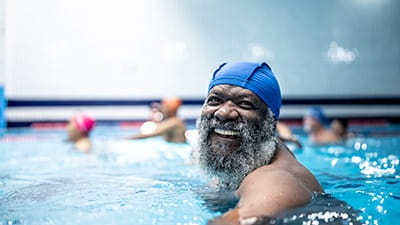

Health insurance for people over 50 that provides a quicker route to diagnosis and planned medical treatment in a private facility.
Underwritten by Bupa Insurance Limited.

Saga offers escorted tours throughout Europe and as far afield as Canada, Australia and even Uzbekistan, plus hotel stays in popular European hotspots including Spain, Portugal and Greece.
Find your perfect holiday today.

Are you retiring at the wrong age? The best age to retire for your body, brain, happiness and pocket.


Everything you need to know about the lung infection, and how you could be ill with “walking” pneumonia without realising it.
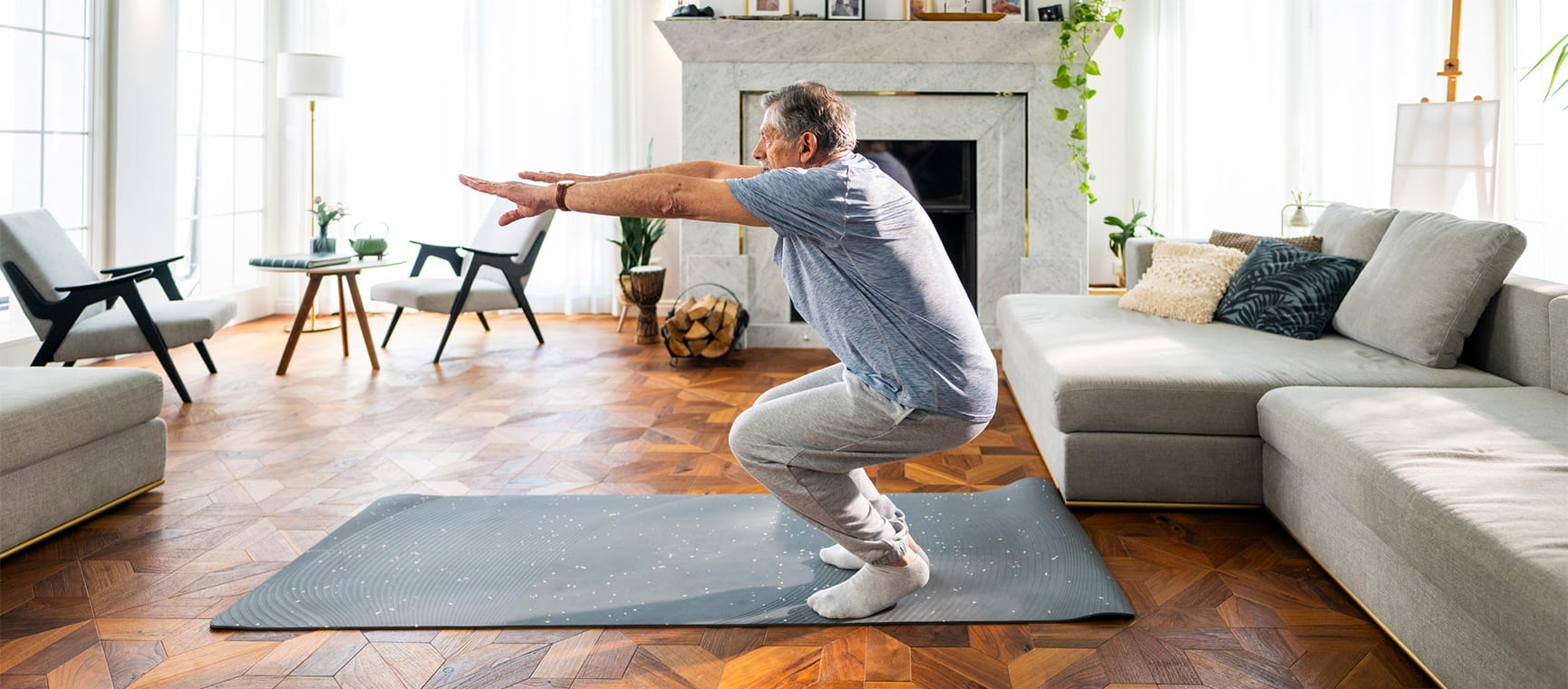
Strong calves for a strong mind: how they support our circulation and brain health, with easy moves to strengthen yours at home.


Our GP Dr Mark Porter explains what can cause itchy skin, which is a common problem as we get older.

Worried you’ve morphed into Victor Meldrew? Find out how to battle that bad mood, and what to do if you’re stuck with a grouchy loved one.

The benefits of heat and cold therapy, and how Nordic bathing won over our nervous writer.

Here’s how to spot the symptoms of heat disease and reduce your danger.

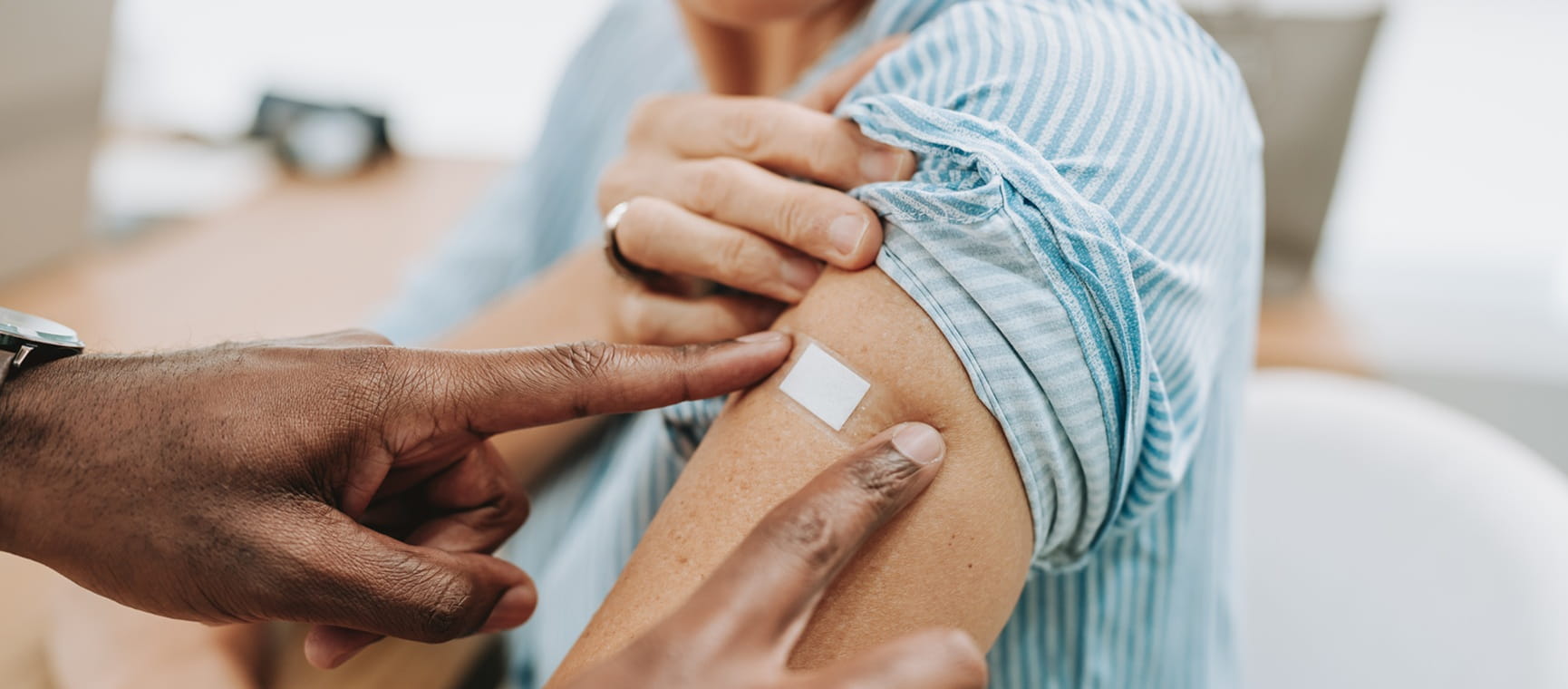
The NHS winter vaccination campaign kicks off next week. Here’s the lowdown on what you need to book.

Pilates for back pain – what to do if you are suffering, and five gentle exercises that could help.
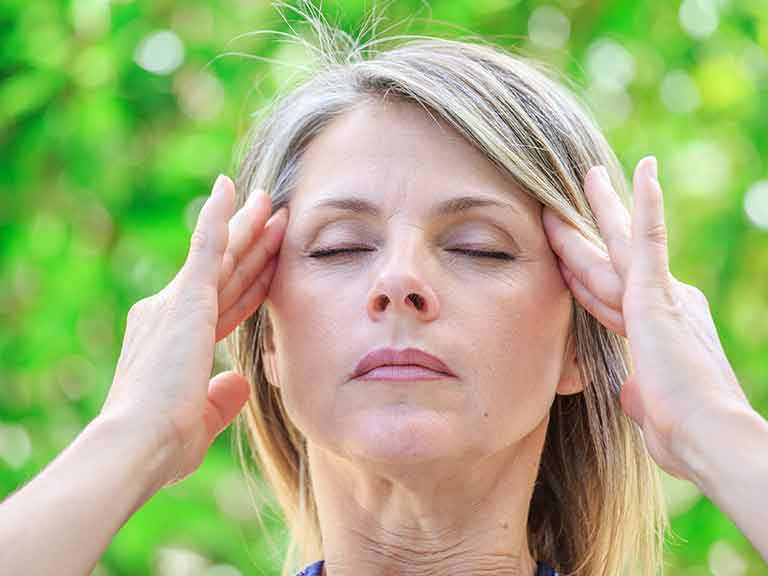
Dizziness or vertigo: a sensation of spinning, can stop us doing everyday things for fear of falling. Try these tips to stop feeling dizzy


You don’t have to put up with bladder leaks. We try out the latest pelvic floor gadgets for men and women.
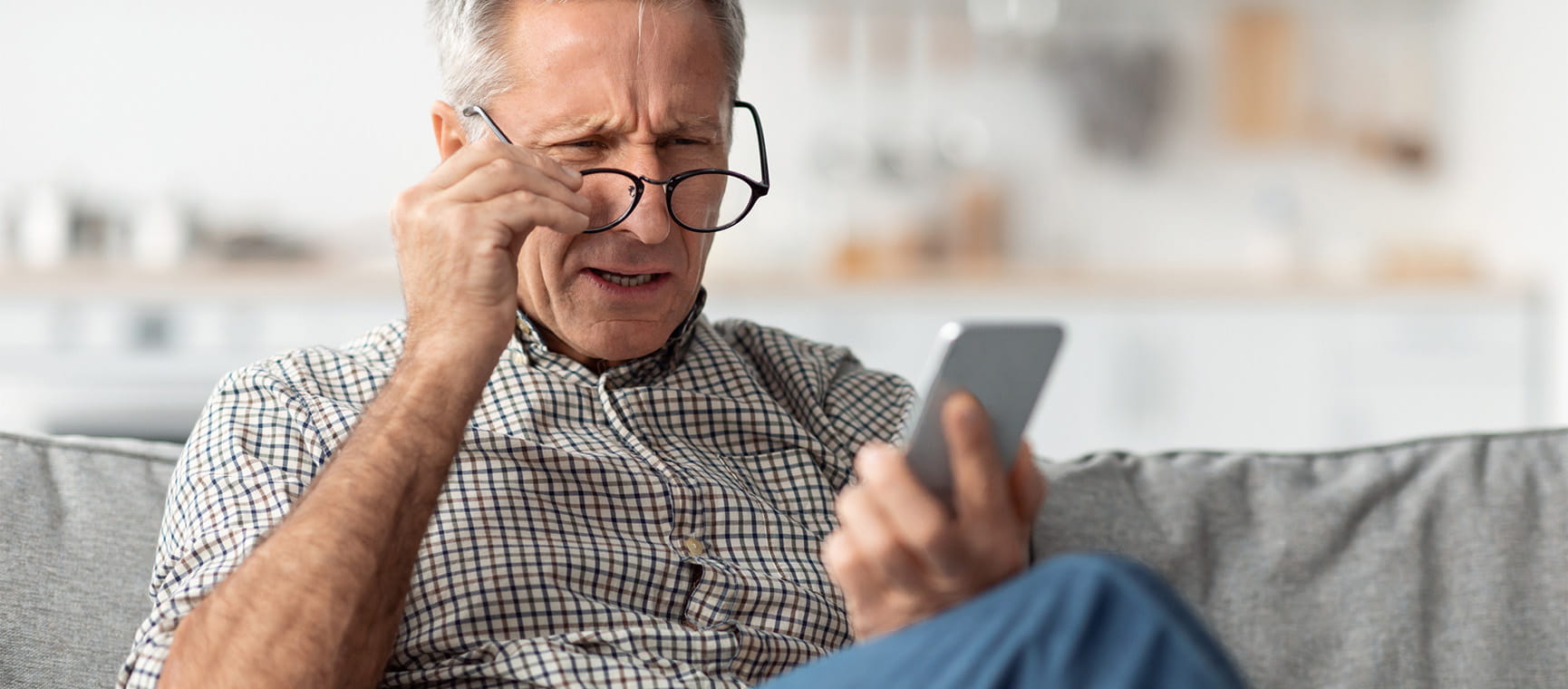
Cataracts are a normal part of ageing. Learn how to spot the signs – and when it’s time to consider surgery.